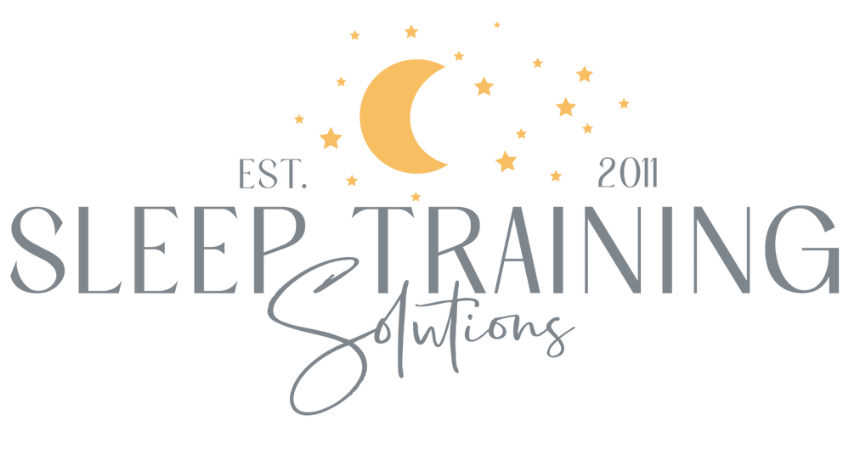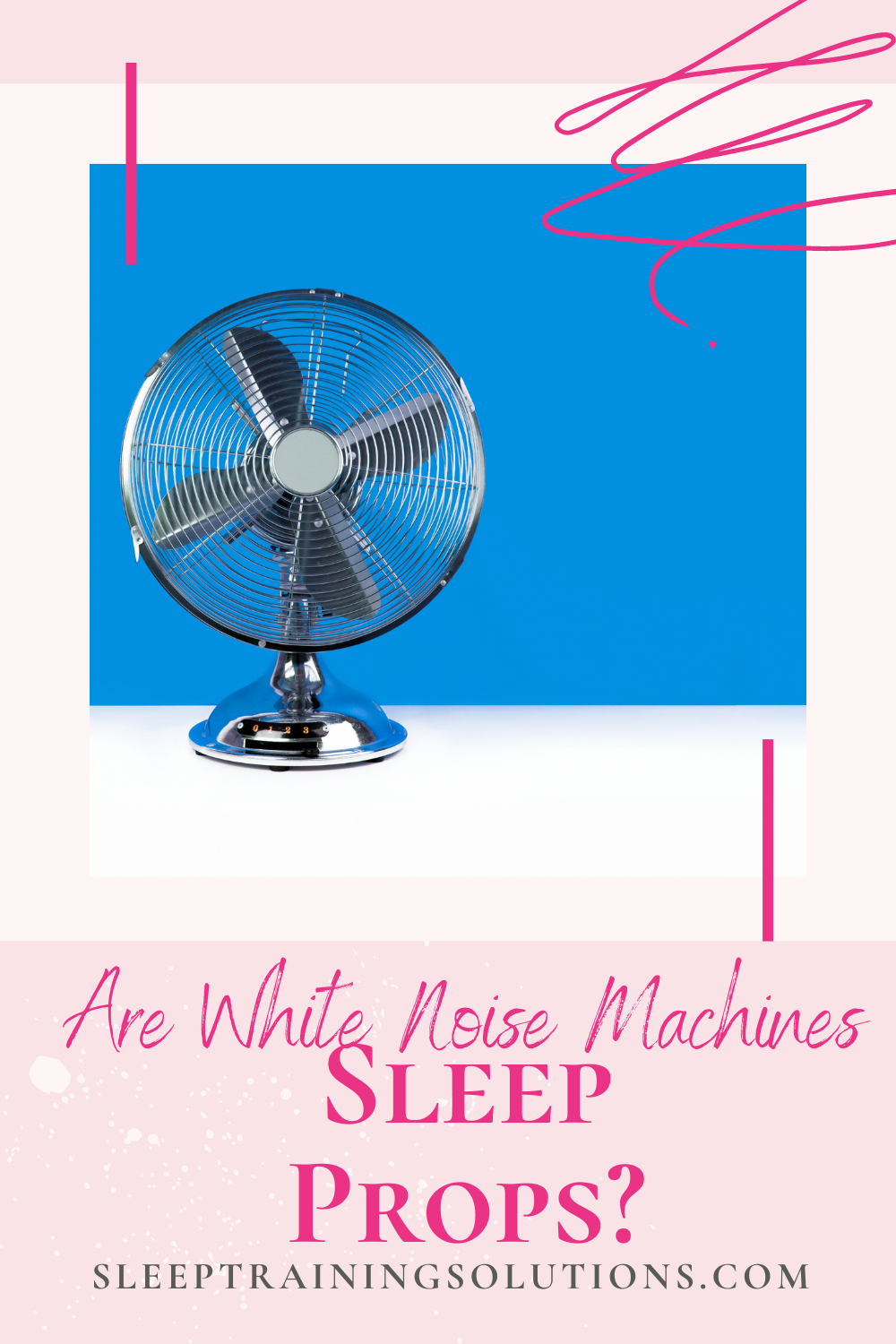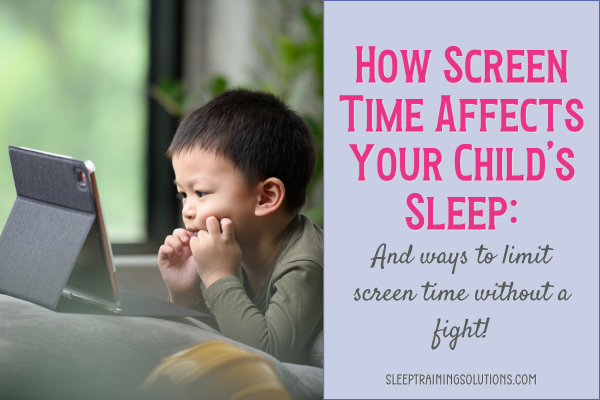Are White Noise Machines Sleep Props?
When I talk with parents about the relationship between healthy sleep skills and sleep props, I will inevitably get a question about white noise machines.
As a refresher, a sleep prop is something you feel your baby needs to fall asleep. That thing that you tell your sitter how to do – repeating it several times before you step out of the house – before your child’s bedtime. Rocking until baby is drowsy or asleep. Feeding to sleep. Bouncing on an exercise ball for 4.5 minutes. Turning on the hair dryer while swaying at a medium pace.
You get the idea.
Whatever it is, if you forgot to tell the caregiver to do it, you’d come home at 11pm and your child would still be up…waiting for you to get home and rock/feed/bounce to sleep!
As I’ve mentioned, when a child relies on a sleep prop to fall asleep, it makes it very hard to learn how to fall asleep independently – and get back to sleep on his own in the middle of the night. Every time your child wakes up, he wants you to recreate how he originally fell asleep. And you’ve probably seen that he needs you to do this several times each night!
So back to the white noise machine.
If your child can’t fall asleep without having the white noise on, it’s likely a prop. BUT if there are degrees of sleep props, I’d say this is a minimal one.
I work with so many families right by the El tracks (the elevated subway in Chicago) or in a noisy neighborhood with early morning delivery trucks, loud dogs next door or living under a flight path by O’Hare that it’s very helpful to drown out these annoying noises during sleeping hours. So white noise is necessary.
Something I would suggest doing so the white noise machine does not turn into a sleep prop down the road is letting your child fall asleep without it and then turning it on after he’s asleep. That way it’s doing its job of blocking out noise while your child is sleeping…but he isn’t relying on it to actually fall asleep.
Related Posts:
This post is for informational purposes only and may not be the best fit for you, your child and/or your personal situation. It shall not be construed as medical advice. The information and education provided here is not intended or implied to supplement or replace professional medical treatment, advice, and/or diagnosis. Always check with your child’s physician or medical professional before trying or implementing any information read here.





